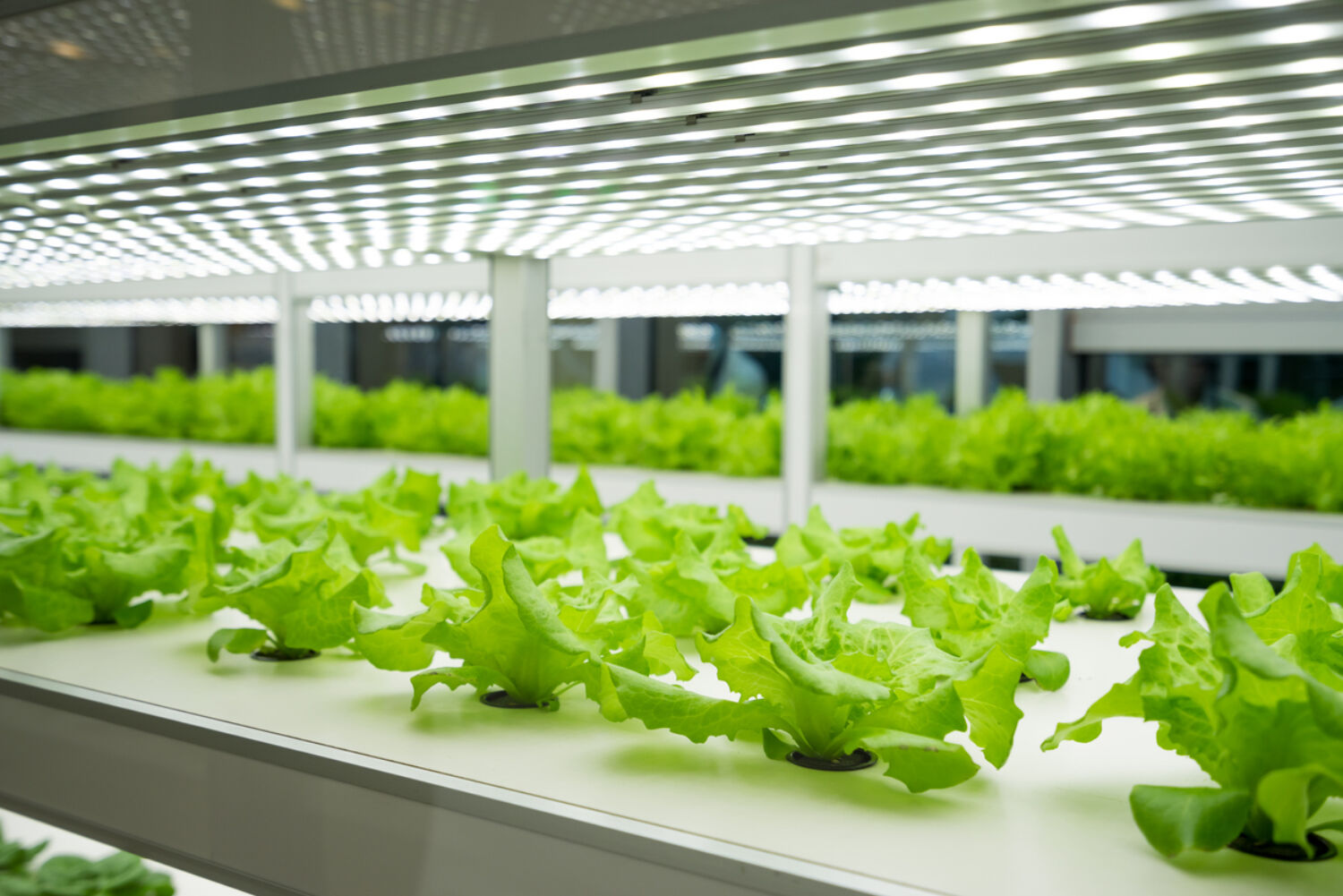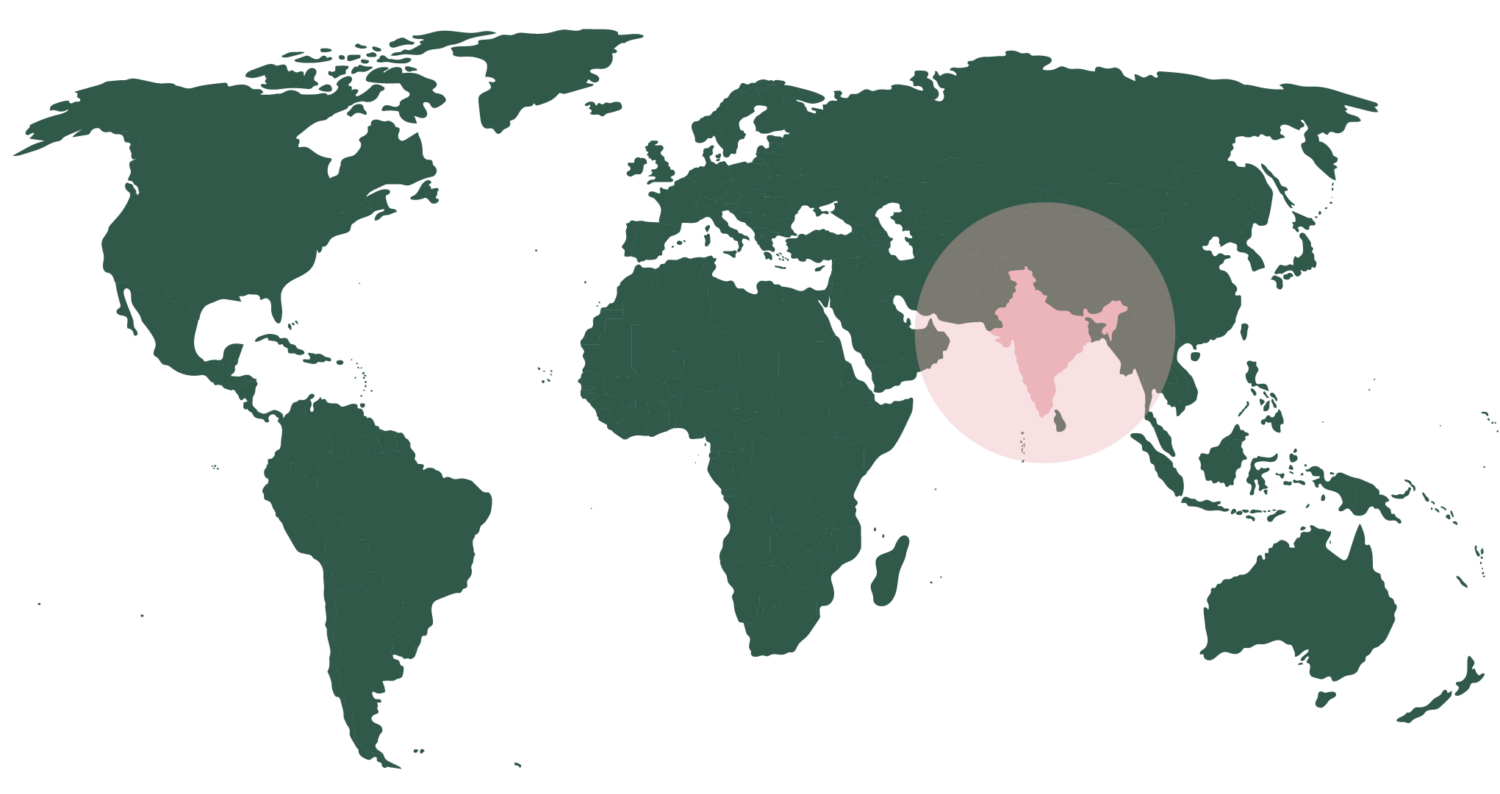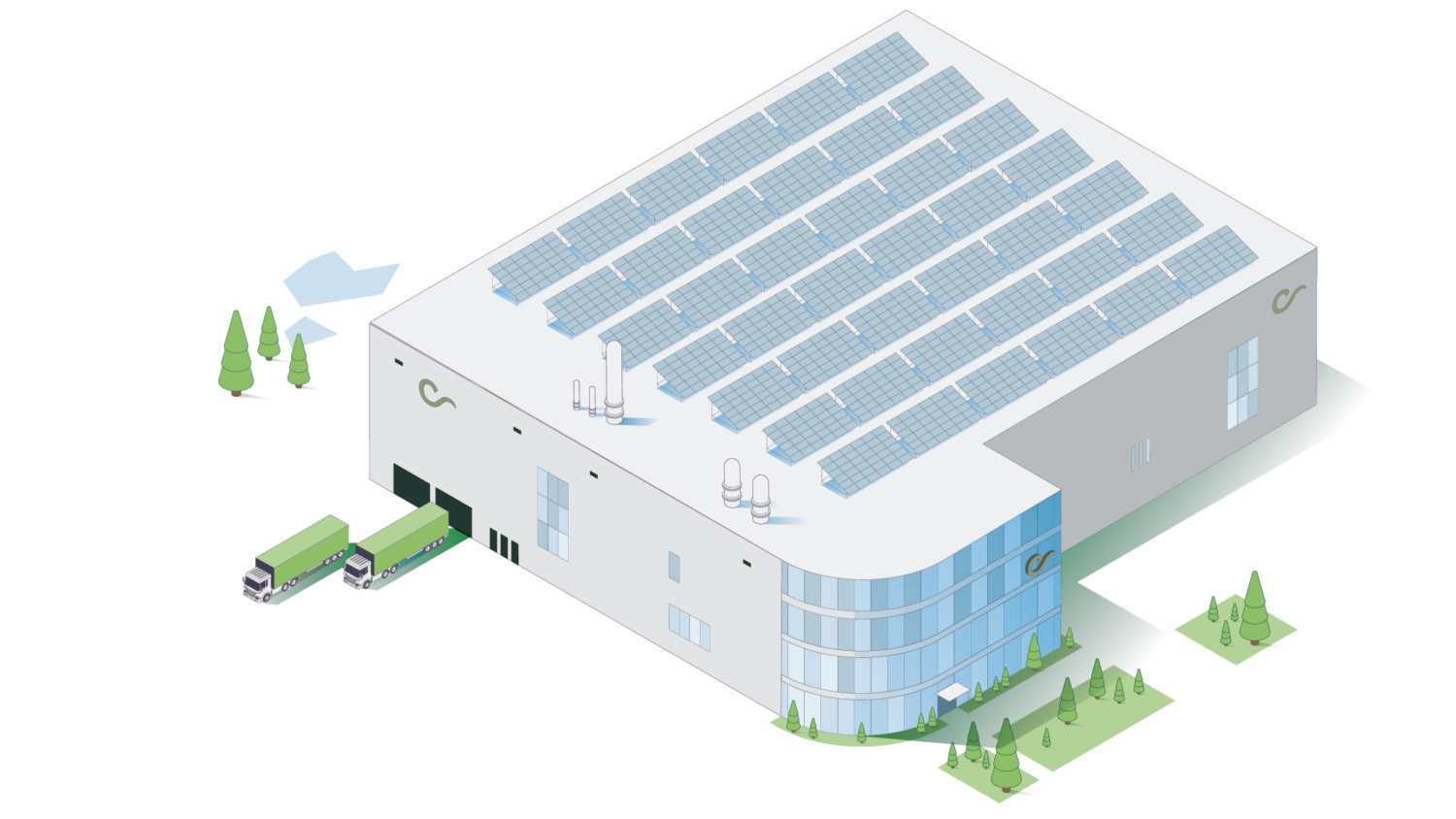Sustainability
Columbi Farms will produce more food with fewer resources and use less land than what is the norm in the industry today. We will address global challenges, such as water usage, land stress, food supply, and food safety.

The three gaps
The World Research Institute (WRI) has identified three “gaps” that need to be closed by 2050.
The food gap
The food gap will require us to produce 56% more crop calories than we produced in 2010.
Increasing the efficiency of natural resources is the single most crucial step towards meeting global food production demands and environmental objectives. In Europe alone, 49% of food loss and waste happens before the product reaches the consumer.
Columbi Farms will contribute to closing the gap by reducing food waste, improving shelf life, creating environmentally-friendly food with a low carbon footprint, and producing more food with fewer resources closer to urban areas.
The land gap
In year 2050, it is expected that we will need an area twice the size of India to produce enough food to feed the world’s population if we keep making food in the same way that we do today. To close the land gap, we must improve the way in which food is being produced.

Columbi Farms’s ambition is to employ industrial land and transform it into productive vegetable farms. Half of all vegetated land is occupied by pasture and cropland, and 70% of freshwater is used for agriculture.
Agricultural biodiversity is in decline across the world. Unsustainable farming practices result in the loss of arable land. In recent years, we have lost over 30% of our food-producing land.
Controlled indoor production offers significant benefits, including a reduced risk of negatively impacting wild habitats. Moreover, by transforming industrial land into productive vegetable farms, we can produce food without deforestation. We will also be able to produce entirely without using harmful pesticides, which have adverse effects on both human health and biodiversity.

GHG mitigation gap
The greenhouse gas (GHG) emission in 2050 is now estimated to be at 11 gigatons. To get the temperature down to pre-industrial temperatures, we need to meet the target of maximum 4 gigatons of carbon dioxide emissions and reforest hundreds of millions of hectares of free, agricultural land.
Columbi Farms will contribute to reduce the GHG gap by offering food production with a minimal environmental footprint. We seek to use a 100% renewable energy mix for our production – employing rooftop solar panels and the biogas we generate through recycling waste. In addition, our vegetable farms will minimize the use of CO2 from fossil sources by reusing the surplus of CO2 from the fish farms.
Circular food production
At Columbi Farms, we will use resources responsibly. Our platform will reuse nutrient-rich water from land-based fish farms to produce several thousands tonnes of vegetables every year.
Valuable resources from the fish farms, such as nitrogen, phosphorus and CO2, can be reused to improve vegetable production and power our operations.